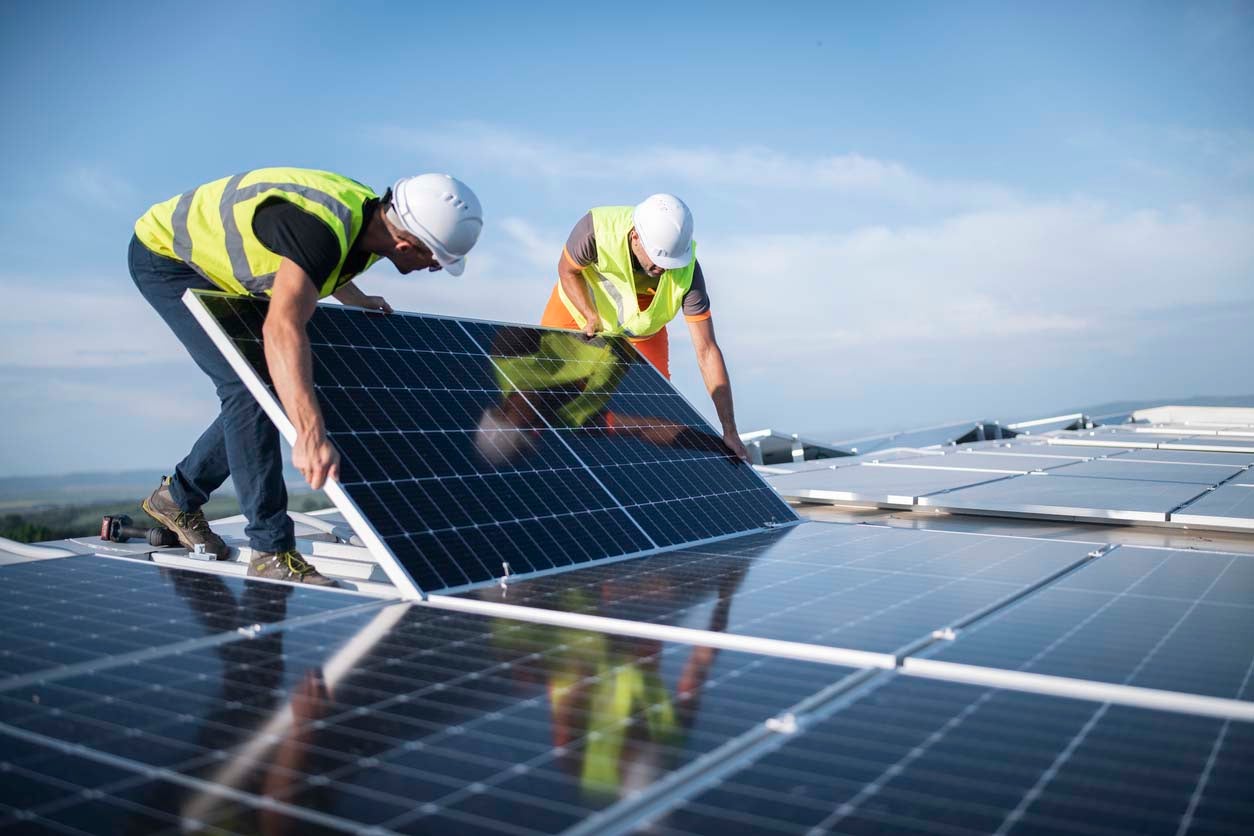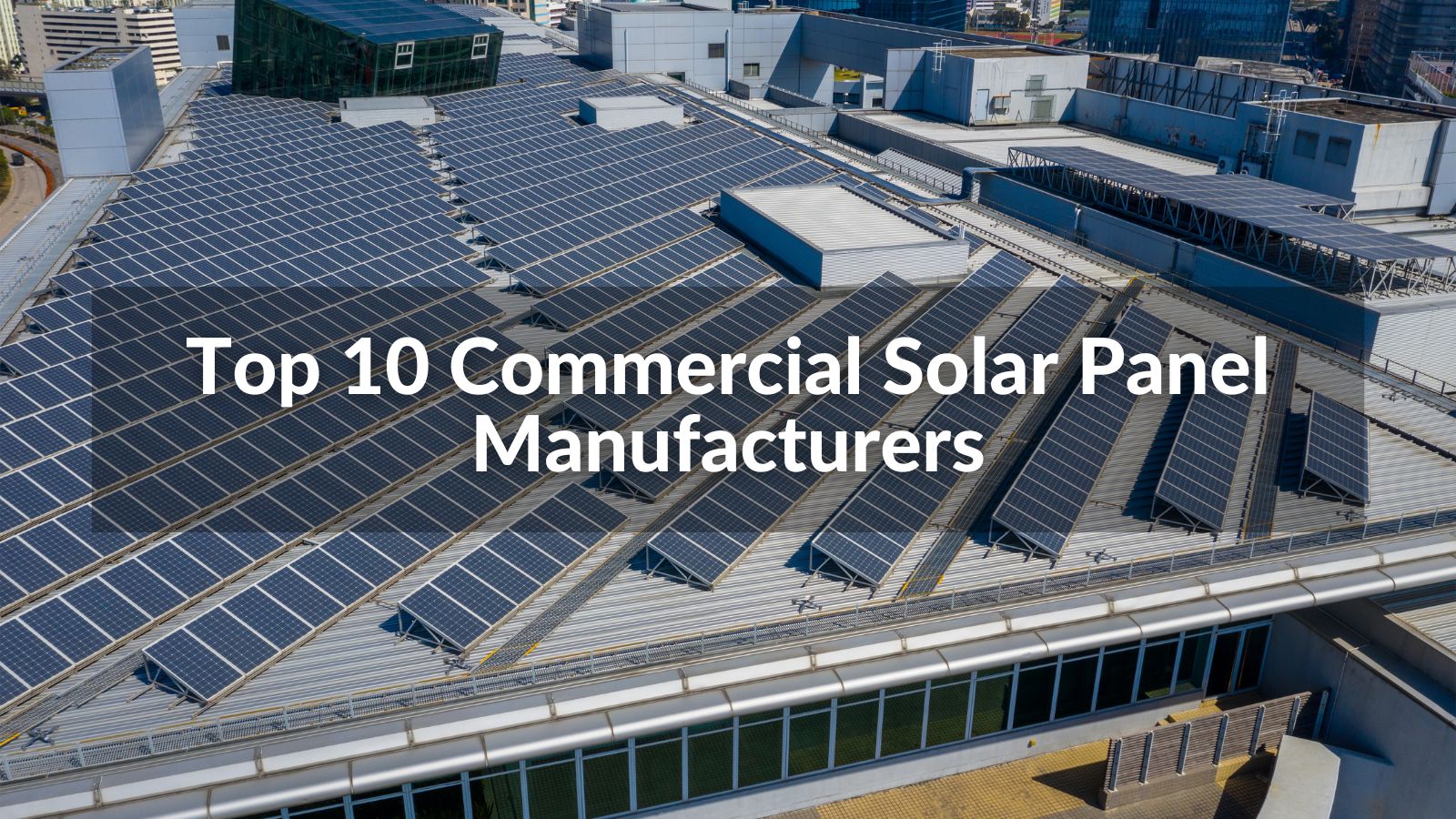4 Simple Techniques For Solar Panel Company Virginia
4 Simple Techniques For Solar Panel Company Virginia
Blog Article
Solar Panel Cost in Virginia: Lumina Solar Concentrates On Providing Advanced Photovoltaic Solutions For Homes And Companies
History and Founding
Have you ever questioned how a solar panel business springs from a simple stimulate of inspiration into a powerhouse of renewable resource? It frequently begins with a vision-- one fueled by a blend of development, determination, and a pinch of serendipity. The journey of many solar companies mirrors the advancement of the innovation itself: from large, ineffective panels to smooth, high-efficiency marvels harnessing the sun's bounty.
The Early Days
In the late 20th century, when solar power was still a niche concept, leaders planted seeds for what would end up being an international motion. Picture a little workshop filled with curious engineers, tirelessly explore photovoltaic cells. Their passion was palpable, typically driven by a desire to fight environment modification and lower reliance on nonrenewable fuel sources.
One such anecdote is about a founder who, influenced by an outdoor camping journey, understood that even in remote locations, the sun could power essential gadgets. This basic observation triggered a company's mission to democratize access to tidy energy.
Founding Principles

- Development: Constantly pressing the boundaries of solar technology to enhance efficiency and sturdiness.
- Sustainability: Committing to environmentally friendly production and minimizing carbon footprints.
- Availability: Making renewable resource solutions economical and useful for everyday users.
Turning points in Growth
| Year | Key Event |
|---|---|
| 1985 | Company established in a little garage, focusing on research and development. |
| 1995 | Commercial solar panel item launched, getting local attention. |
| 2005 | Broadened to worldwide markets, welcoming worldwide renewable energy objectives. |
| 2015 | Presented advanced solar panel innovation with enhanced energy conversion. |
Isn't it fascinating how these incremental steps, frequently neglected, shape the energy landscape today? The photovoltaic panel business story is not practically technology; it's about a ruthless mission for a brighter, cleaner future.

Innovations in Photovoltaic Panel Technologies
Ever discovered how some solar panels gleam brighter and last longer? It's not magic; it's the science of photovoltaic performance. Modern photovoltaic panel business invest heavily in innovations like bifacial cells, which record sunlight from both sides, enhancing energy harvest without broadening roofing system area. Have you ever questioned why some panels carry out much better on cloudy days? That is because of advances in thin-film solar innovation, which grows under diffused light conditions.
Item Variations Tailored to Distinct Needs
One size never ever fits all. Solar panel suppliers now provide:
- Monocrystalline panels for optimum efficiency and sleek aesthetics, ideal for space-constrained roofs.
- Polycrystalline panels, which provide a cost-efficient option without sacrificing excessive output.
- Building-integrated photovoltaics (BIPV), merging solar tech effortlessly into architectural elements like windows and facades.
Picking the right item isn't simply about upfront cost; it's about matching your environment, energy goals, and long-term savings. Homes shaded by trees require panels that excel in low-light situations, something numerous overlook until energy costs climb up suddenly.
Technical Tips for Optimum Selection
- Assess the temperature level coefficient-- lower worths imply panels lose less performance on hot days.
- Look for panels with improved anti-reflective finishes to make the most of light absorption.
- Think about the panel's guarantee not just for defects, but for ensured power output over decades.
- Don't ignore the value of the inverter innovation coupled with the panels; it can make or break your system's performance.
Beyond Panels: Emerging Patterns
Picture photovoltaic panels that change their angle instantly to chase after the sun-- tracking systems are ending up being more accessible, increasing yield considerably. Or solar tiles that mix invisibly into your roofline, changing your home into a silent, self-sufficient power generator. These developments are reshaping what a solar panel business offers-- not simply products, however integrated website energy services.
Market Existence and Global Operations
Ever question why some solar panel companies appear to grow up in every corner of the globe while others barely make a ripple? The distinction lies not simply in technology but in mastering the art of browsing varied markets. Expanding globally is like planting seeds in various climates-- you need to understand each environment's unique conditions to grow.
Take, for instance, the detailed dance of logistics and supply chain management. Shipping panels halfway throughout the world isn't almost range; it's about timing, customs, tariffs, and adjusting to local demand variations. A business with robust worldwide operations prepares for these variables, ensuring panels show up on schedule without pumping up costs. This foresight is no little accomplishment and typically separates market leaders from fans.
Secret Techniques for Expanding Market Existence
- Localized production: Developing production hubs near target markets lowers shipping delays and import complexities.
- Strategic partnerships: Working together with regional firms accelerates market penetration and develops trust.
- Adaptive item design: Customizing solar panel tech to weather, sun intensity, and facilities nuances boosts efficiency and acceptance.
What about the human aspect? Photovoltaic panel business operating internationally must fix up cultural differences and regulative nuances without losing sight of their core mission. What works in a sun-drenched desert may falter in a humid seaside area. Often, the most ingenious option is simply listening-- soaking up local insights to refine technology and approach.
Experts often encourage a phased rollout instead of a shotgun expansion. Why risk overextension when determined growth builds sustainable momentum? Scaling sensibly means balancing aspiration with operational strength - Solar Companies in Virginia. After all, in the race for sustainable energy dominance, patience can be as valuable as speed
Environmental Effect and Sustainability Practices
When solar panels initially emerged, numerous presumed they carried absolutely no environmental baggage. Nevertheless, the reality is more nuanced. The production of photovoltaic cells includes rare earth metals and energy-intensive processes, which can leave a substantial carbon footprint before the panels even reach roofs. The real environmental expense depends greatly on the sustainability practices employed by the photovoltaic panel company throughout the lifecycle of their products.
How frequently do we stop briefly to consider what happens to photovoltaic panels at the end of their beneficial life? Unlike batteries or electronics, photovoltaic panels can last 25-30 years, but disposal and recycling paths remain underdeveloped in many regions. A business devoted to lowering environmental damage will have a robust prepare for recycling photovoltaic products, salvaging valuable silicon, glass, and metals to avoid land fill build-up.
Key Sustainability Strategies
- Making use of low-impact production methods that reduce water and energy consumption.
- Carrying out closed-loop systems to recycle production waste back into new panels.
- Engaging in transparent supply chain audits to guarantee ethical sourcing of basic materials.
- Designing panels for much easier disassembly to help future recycling efforts.
It deserves keeping in mind that some solar companies have pioneered ingenious approaches, such as incorporating eco-friendly parts or using less harmful chemicals during fabrication. This not just minimizes ecological strain but also sets a precedent for the industry. The concern stays: can the solar industry truly pivot towards a circular economy model without sacrificing effectiveness or cost?
Specialist Tips for Examining Sustainability
- Inquire about the company's commitment to carbon-neutral manufacturing and whether they offset emissions.
- Examine if they partner with certified recycling facilities dedicated to solar panel waste.
- Try to find openness reports detailing ecological impacts and sustainability objectives.
- Think about the longevity and warranty of panels as an indirect measure of resource efficiency.
In the end, selecting solar power needs to mean more than just slashing electricity expenses; it's about nurturing a future where energy is harvested properly and waste is attentively handled. Photovoltaic panel companies that accept this philosophy not just light up homes however likewise cast a brighter light on sustainable innovation.
Report this page